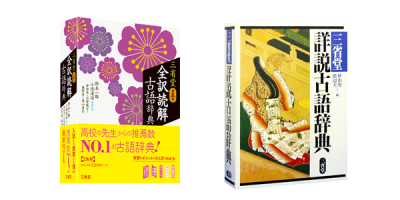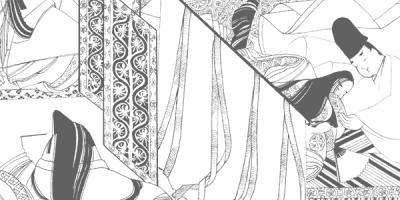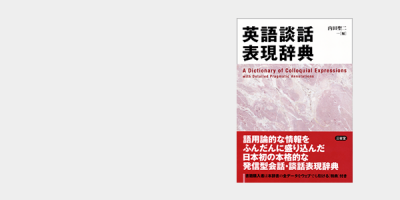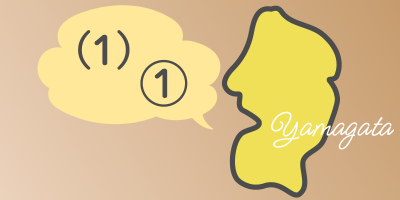
Yasushi Inoue’s (1907–1991) Shirobamba follows the growth of a youth named Kosaku. The book depicts his various “first experiences” with expressions such as “hajimete no koto data” (it was my first time…), “shiranakatta” (I knew nothing of…), and “shita koto ga nakatta” (I had never before…).
His first mint pipe(1) (Part 1, Ch. 6). The first time he sees the ocean up close (Part 1, Ch. 7). His first time eating tokoroten(2) (Part 1, Ch. 7). His first experiences with the cruelty, selfishness and wild spending of city girls (Part 1, Ch. 8). (This is when he first realizes that there are various types of “parent.”)
His various emotions as an adolescent male (Part 2, Ch. 1). The aging of “Grandma Onui,” who had raised him. The strong respect he comes to feel for his grandfather (Part 2, Ch. 2). Being misunderstood by others. A kiss scene between a young man and woman (Part 2, Ch. 3). The fact that it is easy to horribly hurt the feelings of a woman (Part 2, Ch. 4). The poetry of Takuboku Ishikawa(3). His reaching an age at which he can no longer behave freely with respect to women (Part 2, Ch. 5).
His first dive. His first fireworks display. His first game of cards (Part 2 Ch. 6). Making buckwheat dumplings for his Grandma Onui, who had always made them for him (Part 2 Ch. 7), for the first and probably last time.
Naturally, Kosaku’s growth also extends to his verbal behavior.
In the final chapter, an elderly man of the town says goodbye to Kosaku as he is leaving. He is delighted when Kosaku replies, “Ojiisan mo karada ni ki wo tukena” (You look after yourself too).
Until then, Kosaku had never used such formal words. No matter how hard he tried, he was unable to use this sort of language. On this morning, he is able to say those words without much embarrassment. It feels tremendously good.
*
This person, who had been a mere child, had used “adult” speech.
Normally, the adults around him would have laughed and chided him, asking where he learned such words, and telling him not to talk so precociously.
But the adults can only keep silent, seeing how much Kosaku has matured. He has built up quite a store of experiences. His “adult” character is genuine.
In fact, all of us slowly come to use “adult” speech in this way.
*
But we can’t end this discussion here. There are people in the world who remain “childish” late into their lives, and put in twice the effort to act “adult.”
Their true selves and outward appearance are mismatched. How does their adult language sound? When did they become grown-up? Maybe you know them. The “little ladies and gentlemen” who you want to slap on the shoulder and tell, “You’re growing up so quickly. Everyone can see it. You don’t have to try so hard.” (Of course they’d be furious if you actually did this.)
* * *









(1) Mint pipes (hakka paipu) are a kind of Japanese children’s sweet. They are made of plastic and filled with a sweet powder. Once the powder has been sucked out, the plastic shell can be used as a whistle.
(2) Tokoroten is kind of gelatin made from agar. It is often served with soy sauce-based sauce.
(3) Takuboku Ishikawa (1886–1912) was a tanka and freestyle poet.